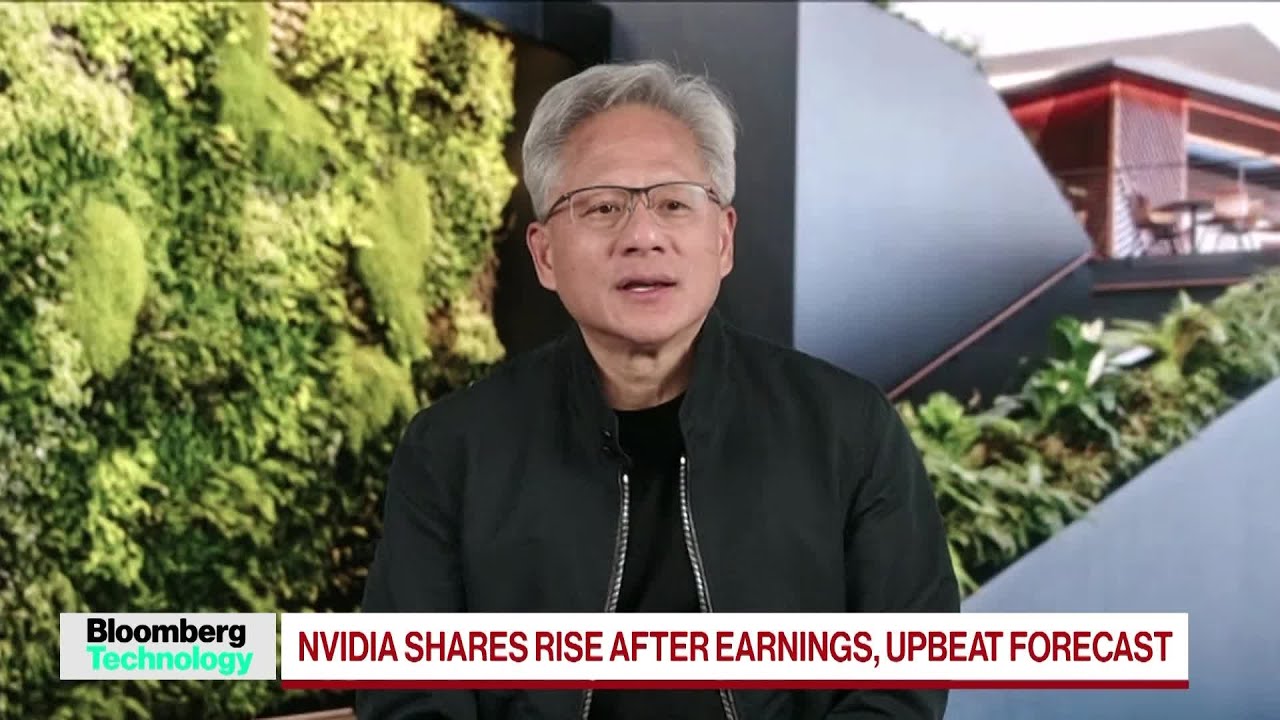The race for generative artificial intelligence faces a monumental challenge: electricity. At the “Winning the AI Race” summit in Washington D.C., President Donald Trump acknowledged the clash between technological ambition and energy reality.
Trump stunned attendees during his keynote speech at the “Winning the AI Race” summit, not just with his promises of global leadership in AI, but also with his surprise at the projected electricity consumption required to sustain next-generation AI infrastructure.
“You’re going to need more electricity than any human has ever needed,” Trump exclaimed, addressing NVIDIA CEO Jensen Huang. “When they explained what is really needed, I thought: this must be a joke. Couldn’t you do it with a little less?”
While the comment drew laughs, the underlying issue is serious. The massive expansion of data centers dedicated to AI, driven by GPUs like the NVIDIA H100 (700 W) and the new Blackwell (up to 1,200 W per unit), could double the energy demand in the U.S. over the next decade if the most aggressive scaling plans come to fruition.
Huang responds: without energy, there is no AI
Jensen Huang quickly replied, emphasizing the critical importance of energy:
“You can’t build a new industry without energy. You can’t bring manufacturing back without energy. And you can’t sustain artificial intelligence without energy. If the U.S. wants to produce, it needs energy.”
This stance reinforces the idea that AI is not just about algorithms or talent but about critical infrastructure. For companies like Meta, Microsoft, Amazon, OpenAI, or xAI, deploying AI campuses that consume hundreds of megawatts, energy availability has become the key bottleneck.
Is electricity the new gold?
According to the U.S. Energy Information Administration (EIA), the country produced 4,178 terawatt-hours (TWh) in 2023, with 60% coming from fossil fuels. Trump’s goal is to double that figure to enable every tech company to build their own power plant — already happening in some cases through PPA agreements and on-site generation solutions.
“Every company will have the right to build its own plant. They will, in practice, be their own electricity provider,” Trump asserted.
This is not just rhetoric. Companies like Amazon Web Services are investing billions in renewable energy, while Google and Microsoft are committed to 24/7 clean energy goals.
Is nuclear energy making a comeback?
One proposed solution is nuclear power. Trump claimed to have signed an executive order to accelerate the construction of “safe and reliable” nuclear reactors. This coincides with recent announcements, like New York’s plan to start building its first nuclear plant in 15 years.
However, nuclear isn’t an immediate fix: a reactor can take more than five years to become operational — too long if the surge in demand expected between 2025 and 2028 is to be met.
A difficult reality to turn off
Despite renewable expansion — in 2024, solar surpassed coal for the first time in the U.S. — the shutting down of thermal plants and bottlenecks in transmission and storage continue to restrict energy growth.
For CTOs and digital strategy leaders, the message is clear: energy costs must be considered in large-scale AI load planning. It’s no longer enough to optimize software; decisions about data center locations, energy agreements, and hardware efficiency will be crucial to competitiveness.
Conclusion: AI will be as powerful as the power grid that feeds it. For the first time in decades, energy decisions are shaping the technological pulse of the United States.
Can political promises translate into real gigawatts before new AI campuses reach saturation? The countdown has already begun.
via: pcgamer

